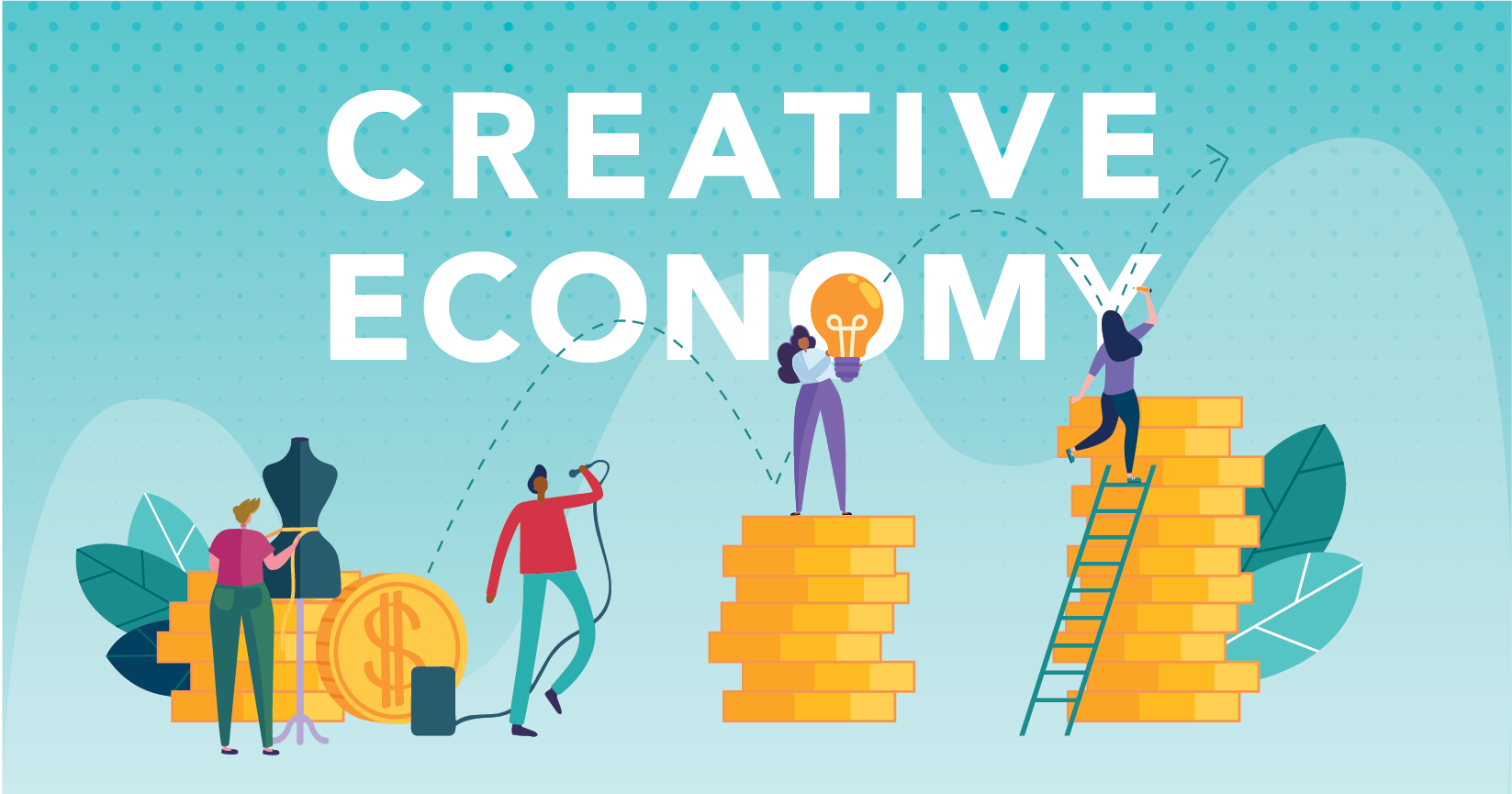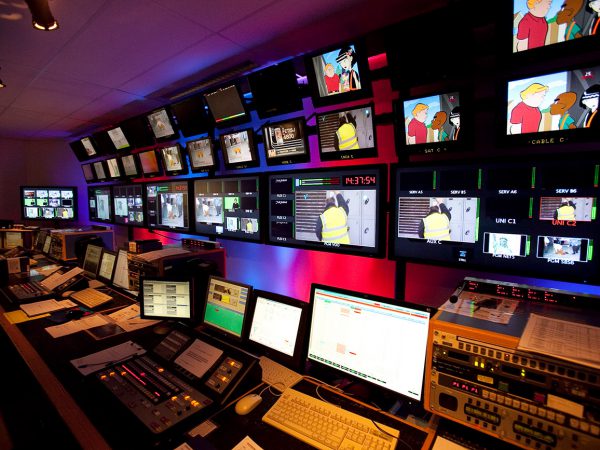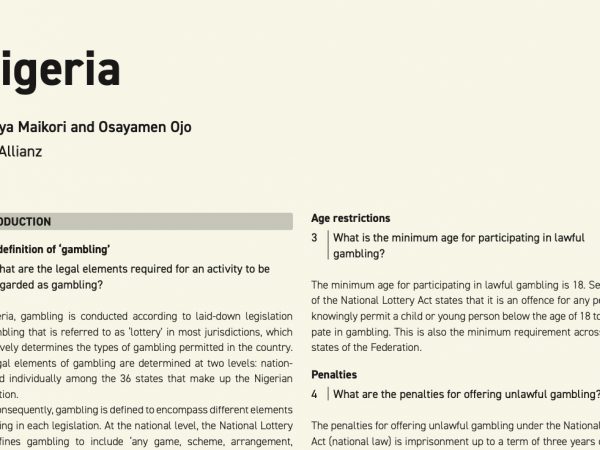
1. BASIC FACTS AND FIGURES
One thing is crystal clear: there is an abundance of talent in Nigeria and from Nigeria. For example, the Nigerian Film Industry is estimated to account for almost 1.4% of our Gross Domestic Product (GDP) i.e. over USD 7 Billion, providing employment for over 1 million people and releases over 2500 films a year, according to an International Monetary Fund (IMF) Report released in 2016.
All across the different sectors, there are substantial revenues generated from the industry, a fact which was placed in sharp focus in 2013 when the Federal Government of Nigeria rebased our GDP by including components like music, film, telecommunications, online sales and information technology, which ultimately led to an increase of GDP from an estimated USD 285.5 Billion to an estimated USD 510 Billion.
The Nigerian Creative Industry comprises several players across diverse sectors like film, theatre, music, dance, literature, fashion, television, radio, arts, sports, information technology, media, advertising and gaming. The common tie that binds the entire industry is Intellectual Property (IP), as it is the primary product of all activities across the different sectors. The standard industry model for creating commercial value used to be good content, effective exhibition platforms/distribution channels and adequate IP Protection. Clearly this is no more the case as technology, with its fluid and constantly evolving ecosystems, has revolutionized everything about the industry, especially the way the public engages it.
We are therefore confronted by a double edged sword, i.e. the challenges created by new technology in the creative industry and the opportunities that these technologies have introduced for us to grow the industry and create something truly remarkable in Nigeria.
This paper shall traverse these and many other issues with a view to discover what portends for the industry in a digital environment.
2. INTELLECTUAL PROPERTY PROTECTION UNDER NIGERIAN LAW
Intellectual Property refers to creations of the mind over which the creator has certain exclusive proprietary rights. Intellectual Property is protected in the first instance by a body of laws which cover different categories of Intellectual Property. In Nigeria, these laws are national, i.e. laws enacted by the National Assembly of Nigeria like the Copyright Act cap C28, LFN, 2004 and international, i.e. treaties entered into which adopt certain standards and protocols applicable to its member states like the Berne Convention for the Protection of Literary and Artistic Rights 1886.
In terms of the areas they cover, these laws can be classified as follows:
(i) Industrial Property Laws: These laws protect trademarks, industrial designs and patents.
(ii) Copyright Laws: These laws protect the copying and use of artistic works, sound recordings, films, music, broadcasts, literature, computer programming and so on.
(iii) Other Laws: These Laws protect other areas of intellectual property like trade secrets, domain names, trade dress, utility models, image rights and so on.
The players in the Nigerian Creative Industry obtain the highest level of intellectual property protection through the Copyright Right Act as this is the law sets out the general regime for protection of creative activity, i.e. definitions, components, requirements for protection, types of infringement and mode of enforcement for infringement. The Act also sets out the powers and functions of the Nigerian Copyright Commission, which is the main industry regulator. For example, in 2007, the Nigerian Copyright Commission (NCC) pursuant to these powers made a Regulation called the Regulatory Framework for Registering and Monitoring Optical Discs Replicating Plants which mandated that all optical discs have a Source Identification Code to track optical discs to the plants where they are produced. The industry players also require protection through other laws like the Trademarks Act, cap T13, LFN, 2004; the Patent and Designs Act cap P2, LFN, 2004; the Cybercrimes (Prohibition, Prevention, etc) Act 2015; the National Information Technology Development Agency Act (2007) and the General Registration Policy of the Nigerian Internet Registration Association.
Copyright under Nigerian law is achieved by the expression of original works of art, literature, music, cinema, sound and broadcast, in a fixed medium through which it can be communicated directly or indirectly. Copyright in Nigeria is not by registration but other criteria which the author must meet, i.e. qualification as a citizen, person domiciled in Nigeria or body incorporated in Nigeria; or qualification as a government, state authority or approved international body; or qualification as a citizen, person domiciled or body corporate incorporated in a country which is joint signatory with Nigeria in an international treaty.
3. DIGITAL DISPLAY/DISTRIBUTION OF CREATIVE WORKS
The internet has opened up the digital space and created faster, more accessible, more interactive and more intuitive ways of communicating. This in turn has transformed the way intellectual property is created and deployed to end users. Creative activity in the digital space is through activities like uploading, downloading, streaming, live streaming and file sharing on platforms like Facebook; Whatsapp; Instagram; Twitter; Google play; Yahoo music; Youtube; Tidal; iTunes; Spotify; Soundcloud; online download platforms; file sharing platforms; vlogs and blogs.
These disruptive technologies have completely transformed previous models for the creative industry, i.e. the standard model was for established brands to purchase the bundle of intellectual property rights from their creators, use their well dispersed distribution networks and sophisticated marketing systems to drive the commercial success of the works and in exchange the creators would receive a fixed percentage of the profits known as royalties. In contrast creators now keep the bulk of commercial benefit from their intellectual property as the internet provides them with the widest possible distribution network possible; they can market their works directly to the end users in far more sophisticated ways through social media; the digital platforms that display and distribute their works most times do not own the bundle of rights but simply operate as a hosting platform and share fees collected from end users and at the same time the user engagement/experience with the work has been greatly enhanced.
The challenge with these new platforms is not with their potential to ensure creators receive appropriate commercial value for their works but with how these platforms can be effectively positioned in the Nigerian market to deliver on their potential. This is because there is a total absence of regulation in the digital space and this means that more than previous industry models, piracy can devastate the digital space if not addressed by the NCC.
4. CONCLUSION
There is no doubt that the future of the creative industry and exploitation of intellectual property is now. There are ample opportunities to reposition the Nigerian arm of the industry as the foremost hub in Africa and among the preeminent nations globally. What is most necessary is infrastructure that better applies to the digital age and for this there is a need for very significant investment in the sector. That investment for now will have to flow from governmental, institutional and multilateral sources, but this will only happen when the industry organizes itself and shows its readiness to move into the digital age.
In particular, the industry must seek stronger protection or enforcement under the provisions of existing or new laws, participate in and strengthen the activities of their trade associations for consensus building, carry out public enlightenment and advocacy, adopt comparative best practices from their regional and international colleagues and leverage on new technologies.


